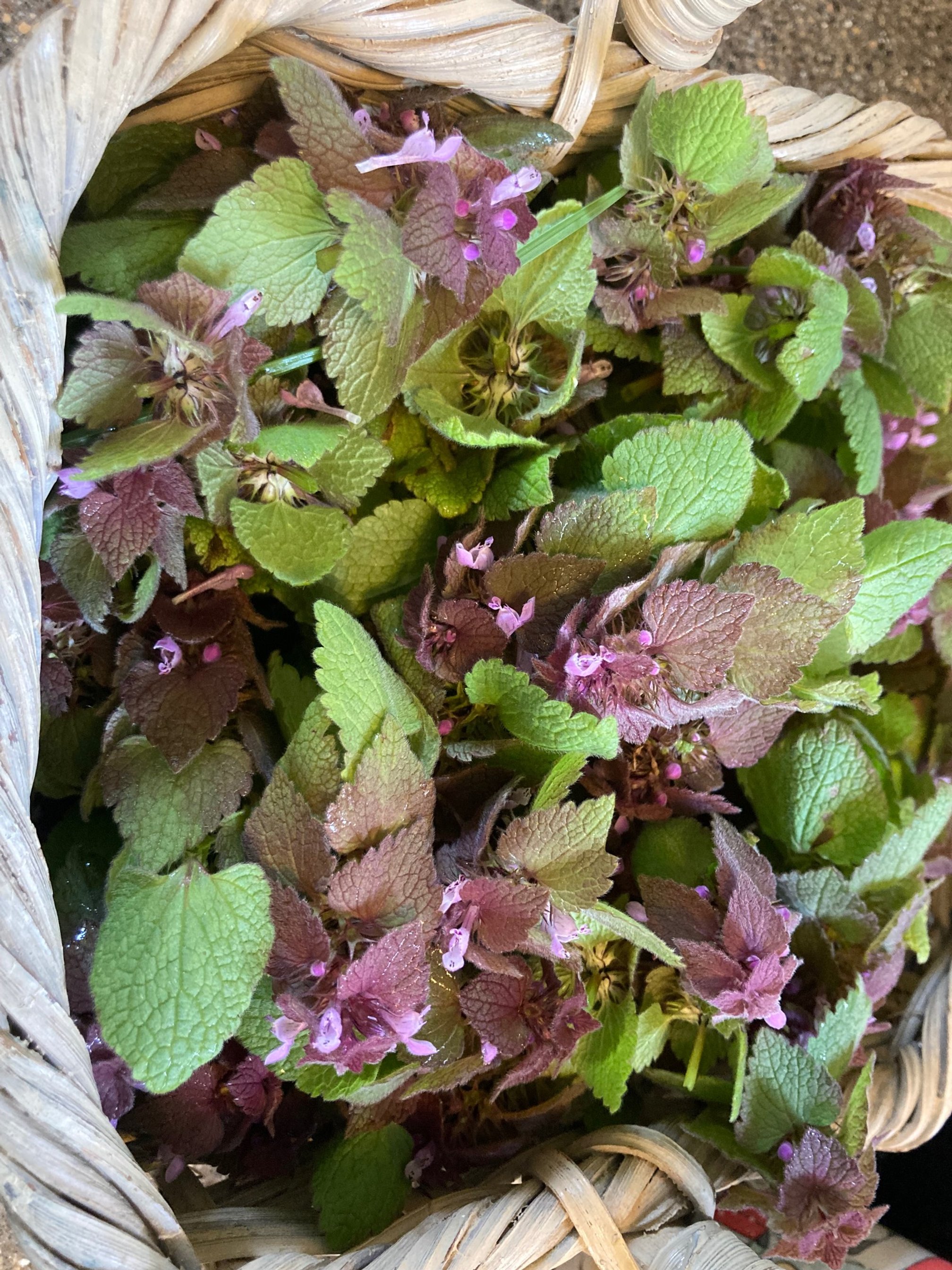Weekend Roundup- The Joy of Weeds
A weed is a plant out of place as the saying goes. A beautiful plant can become an ugly weed just by growing where us humans don’t want it to. Conversely, an ugly weed can become a beautiful plant if we strive to learn it’s beneficial qualities. Much of wildcrafting, foraging, and even homesteading is loving the “weeds” in life and learning how to utilize them. Weeds have so much to offer us if we just open ourselves up to that knowledge. To celebrate all things weedy, here is a very weedy weekend round up for weed lovers who don’t use Roundup.
Yes, even this beautiful Camas could be considered a weed by some.
“Weeds are flowers too, once you get to know them.”
Weeds are folk medicine and mythic medicine. We do not need to look across the world for healing, it is literally right outside our front doors. Weeds are also like insects. They are annoying at times, but they help run the world. In fact, weeds, due to their magical ability to photosynthesize, are living representations of the sun. They are common and certainly not elite in their ability. But you can rely on them to be there when you need them. They play a meaningful role in our ecosystem even if most people are unable or unwilling to find out what that role is. It’s up to us to find their reason.
Paul Farrel, in his book The Joy of Weeds, lists three main reasons for weeds: weeds to heal, weeds for eating, and weeds to feed wildlife. Certainly, my favorite weed is the Himalayan blackberry and it represents all three. It stabilizes my riverbanks (despite what Soil & Water says), feeds us, heals us, and attracts all sorts of wildlife from deer to bear. Common weeds such as plantain, yarrow, and the often overlooked Purple Dead Nettle have a lot to offer in the healing department. In fact, Purple Dead Nettle salve has done more to reduce my rosacea redness than any other official rosacea product, including the prescriptions I used to use.
Foraging for Purple Dead Nettle
Weedy Books to Enjoy
No conversation about weeds would be complete without mentioning Elsa Beskow’s beautiful book The Flowers’ Festival. The book itself is not about weeds, but about flowers celebrating Mid-Summer. The weeds try to crash the party. It’s a wonderful weedy introduction for young children and picture book lovers.
Speaking of books, Beyond the War on Invasive Species: A Permaculture Approach to Ecosystem Rehabilitation by Tao Orion should be required reading for everyone trying to eradicate invasive weeds. She uses different examples of the varying roles invasive weeds play in large ecosystems and shows how an invasive species cannot be eradicated until a native species that fills that specific role is reintroduced. Planting native plants is usually not enough, you must plant specific species. She does a good job of presenting the information in an easy to read yet informative manner.
To further the information that Tao Orion presents, we must figure out what the invasive species are telling us. This is a specialty of biodyamic farming and regenerative agriculture. Biodynamic farming has a background starting with Rudolph Steiner, most commonly known as the Father of Waldorf Education. A student of Steiner and biodynamic farming, Ehrenfried Pfeiffer, wrote a small concise guide as a great introduction to the subject: Weeds and What They Tell Us.
Please note that I do not link Amazon on this website. Please support your local bookstore or a non-Amazon associated online store such as Thriftbooks.
Weedy Links to Enjoy
Weedwifery by the herbalist Kiva Rose is an excellent article about the joys of using weeds as medicine. I personally am in love with the term Weedwifery.
The Free Range Life has an excellent overview in their article 15 Common Edible Weeds You Probably Have in Your Yard. If you are new to the gardening world or to foraging, this is a great place to start.
Keep, Don’t Kill: 9 Weeds to Welcome on Bob Vila’s website is also a great overview of the positive role weeds can play. Dandelion, of course, tops this list but Vetch and Nettle are listed as well. Another great starting point if you are unsure of what to keep and what to eradicate.
The Homestead Survival Site definately likes their weeds. You can read 8 Weeds You WANT to See In Your Garden and 14 Weeds You Should NOT Kill.
But What About Invasive Weeds that Need to Go?
Yes, there are weeds that just need to be killed. Hand pulling weeds is always a good option if the area is small enough, but this can also only so far. Hand pulling is an excellent method for controlling Tansy Ragwort but not so good at controlling large stands of Blackberries. Improving soil health goes a long way in the battle of weeds and should be the #1 defense. Natural weed killers can be utilized, although they do need to be used with caution as well. The most common recipe contains salt which will harm soil health if used in a prolonged or excessive manner.
Every area of the world has different invasive weeds. If you are unsure of what is invasive in your area, reach out to local gardeners. In the United States, your local Extension Service can help.
I hope you enjoyed this weedy weekend round up for non-Roundup users.




